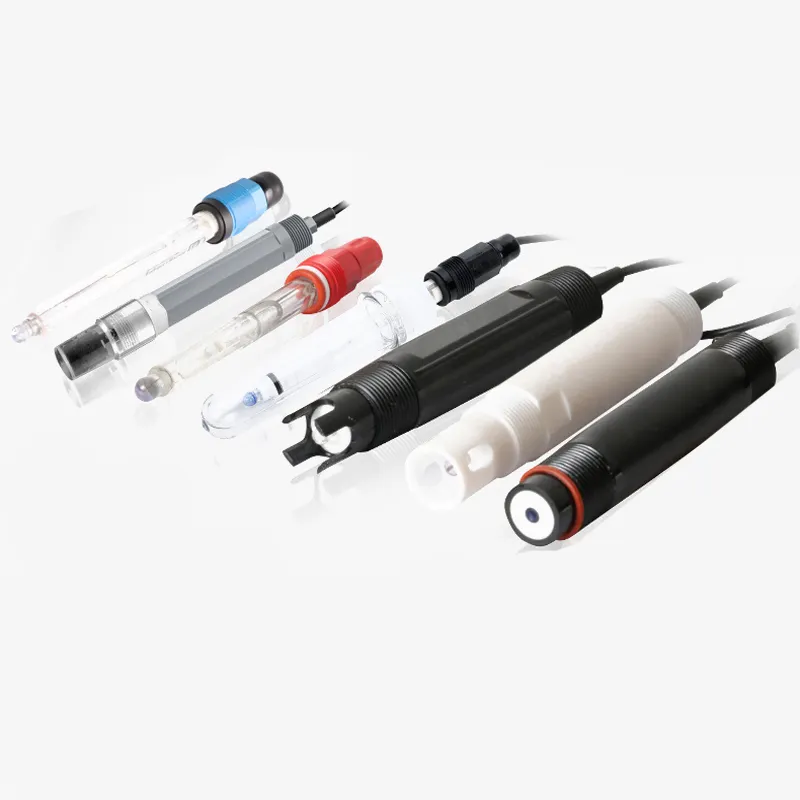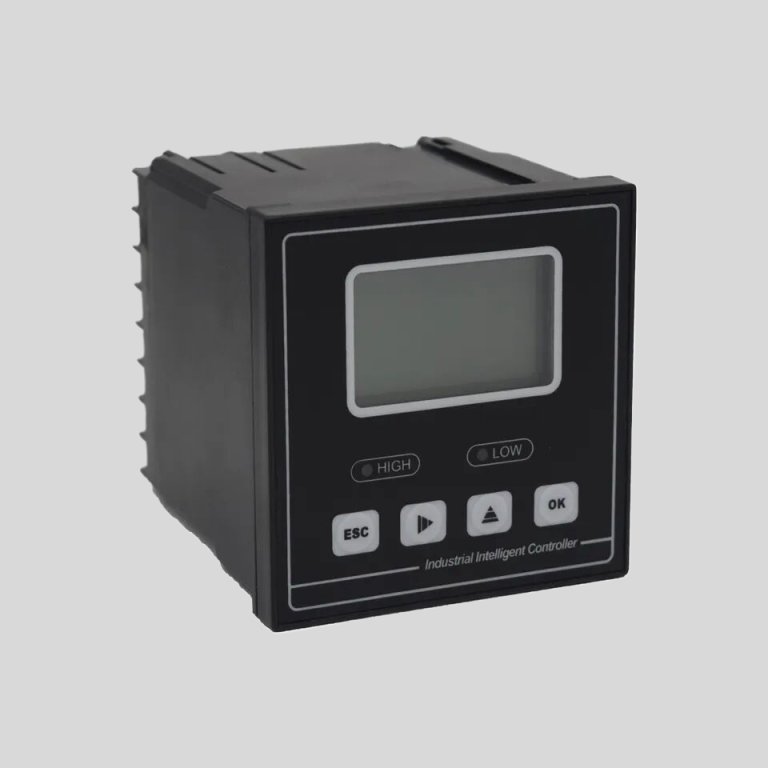Is Zero Water TDS Meter Accurate?
When it comes to measuring the purity of water, Total Dissolved Solids (TDS) is a commonly used metric. TDS refers to the total amount of dissolved substances in water, including minerals, salts, and other impurities. A TDS Meter is a device used to measure the TDS level in water, providing a numerical value that indicates the water’s purity. Zero Water is a popular brand that offers TDS meters as part of their water filtration systems. But the question remains: is the Zero Water TDS Meter accurate?
To answer this question, it is important to understand how TDS meters work. TDS meters operate by measuring the electrical conductivity of water. When dissolved solids are present in water, they increase its conductivity, allowing the TDS Meter to calculate the TDS level based on this measurement. However, it is worth noting that TDS meters do not differentiate between different types of dissolved solids. This means that the TDS reading provided by a TDS Meter may not necessarily indicate the presence of harmful contaminants in water.

In the case of Zero Water TDS meters, the company claims that their meters are accurate and reliable. Zero Water TDS meters are calibrated to provide accurate readings of TDS levels in water, allowing users to monitor the effectiveness of their water filtration system. However, some users have reported discrepancies in TDS readings between Zero Water TDS meters and other TDS meters. This has raised concerns about the accuracy of Zero Water TDS meters.

One possible explanation for these discrepancies could be the calibration of the TDS meters. TDS meters need to be properly calibrated to ensure accurate readings. If a TDS Meter is not calibrated correctly, it may provide inaccurate readings of TDS levels in water. It is important for users to follow the manufacturer’s instructions for calibrating their TDS Meter to ensure accurate results.
| Measuring Method | N,N-Diethyl-1,4-phenylenediamine (DPD) spectrophotometry | |||
| Model | CLA-7122 | CLA-7222 | CLA-7123 | CLA-7223 |
| Inlet water channel | Single channel | Dual channel | Single channel | Dual channel |
| Measurement range | Total Chlorine : (0.0 ~ 2.0)mg/L ,calculated as Cl2 ; | Total Chlorine : (0.5 ~10.0)mg/L ,calculated as Cl2 ; | ||
| pH:(0-14);temperature:(0-100)℃ | ||||
| Accuracy | Free chlorine: ±10% or 0.05mg/L (whichever is greater), calculated as Cl2; Total chlorine: ±10% or 0.05mg/L (whichever is greater), calculated as Cl2 | Free chlorine: ±10% or 0.25mg/L (whichever is greater), calculated as Cl2; Total chlorine: ±10% or 0.25mg/L (whichever is greater), calculated as Cl2 | ||
| pH:±0.1pH;Temp.:±0.5℃ | ||||
| Measurement cycle | Free Chlorine≤2.5min | |||
| Sampling interval | The interval (1~999) min can be set to any value | |||
| Maintenance cycle | Recommended once a month (see maintenance chapter) | |||
| Environmental | Ventilated and dry room without strong vibration; Suggested room temperature: (15 ~ 28)℃; relative humidity: ≤85% (no condensation). | |||
| requirements | ||||
| Sample water flow | (200-400) mL/min | |||
| inlet water pressure | (0.1-0.3) bar | |||
| Inlet water temperature range | (0-40)℃ | |||
| Power supply | AC (100-240)V; 50/60Hz | |||
| Consumption | 120W | |||
| Power connection | 3-core power cord with plug is connected to the mains socket with ground wire | |||
| Data output | RS232/RS485/(4~20)mA | |||
| Dimension size | H*W*D:(800*400*200)mm | |||
Another factor that can affect the accuracy of TDS meters is the presence of air bubbles in water. Air bubbles can interfere with the electrical conductivity measurement, leading to inaccurate TDS readings. To avoid this issue, it is recommended to stir the water before taking a TDS measurement to remove any air bubbles that may be present.
| Model | pH/ORP-8851/9900 pH/orp meter |
| Range | 0-14 pH; -2000 – +2000mV |
| Accuracy | ±0.1pH; ±2mV |
| Temp. Comp. | Automatic temperature compensation |
| Oper. Temp. | Normal 0~60℃; High temp 0~100℃ |
| Sensor | pH double/triple sensor; ORP sensor |
| Display | Big Screen LCD Screen |
| Communication | 4-20mA output/RS485 |
| Output | High/Low limit dual relay control |
| Power | DC24V/0.5A or AC85-265V±10% 50/60Hz |
| Working Environment | Ambient temperature:0~50℃ |
| Relative humidity≤85% | |
| Dimensions | 96×96×72mm(H×W×L) |
| Hole Size | 92×92mm(H×W) |
| Installation Mode | Embedded |






